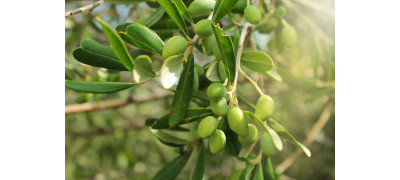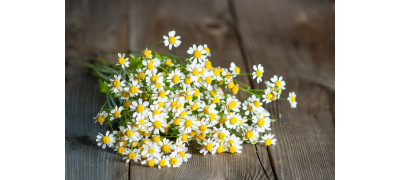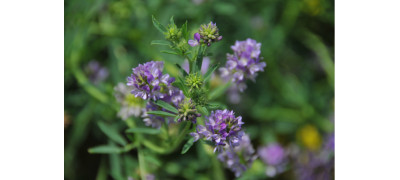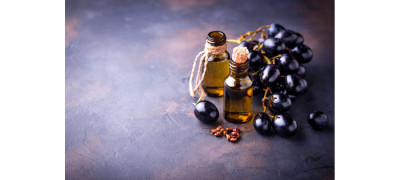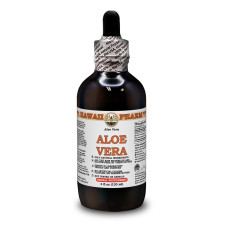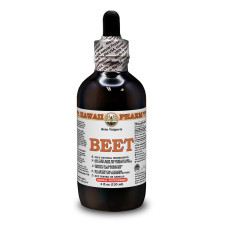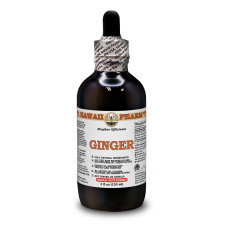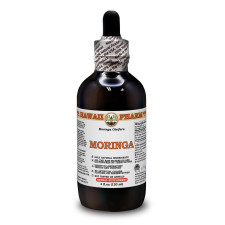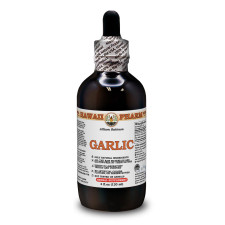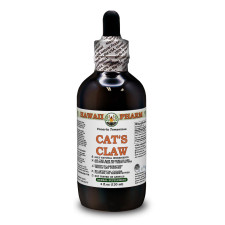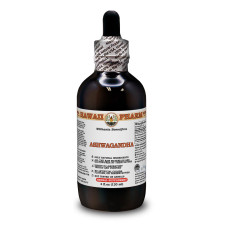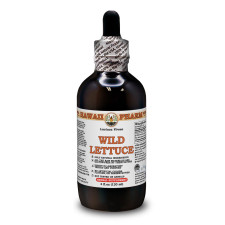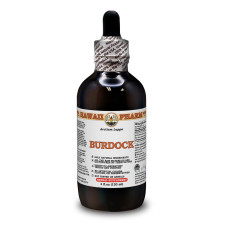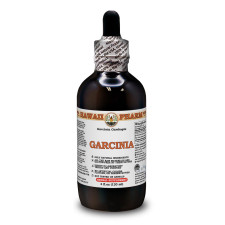- Home
- Alcohol Herbal Extracts
- Alcohol-FREE Herbal Extracts
- Veterinary Herbal Extracts
- Partnership
Partnership
We are open for cooperation with all interested persons or organizations. We have plenty of partners from all around the world and are looking for a long-term cooperation with new ones. At the present time we offer the following cooperation models:

WHOLESALER
We offer up to 30% discounts for wholesalers. The exact discount amount is dependent on your order amount, quantity and size of items. Minimum order amount is $300.

PRACTITIONER
Only for licensed practitioners! Create an account as practitioner and get special exclusive promotions. This kind of account is required manual approve.

AFFILIATE PROGRAM
Do you recommend us to your friends, family, colleagues and/or clients? If so: Thanks! We really appreciate it! Join our affiliate program. It’s by far the best way to monetize your Twitter or Facebook page, blog, or website.
- Blog
- Contact Us
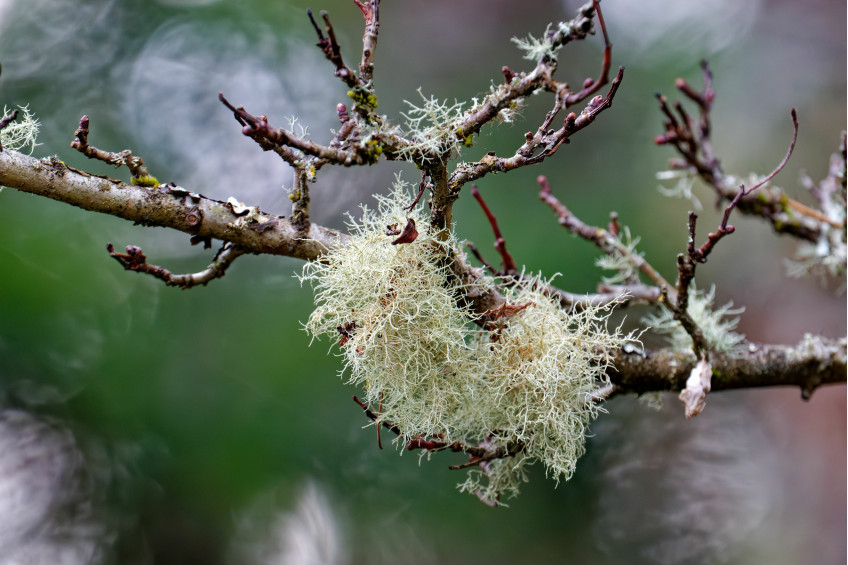
USNEA: NATURE’S MULTIFACETED LICHEN
Usnea, commonly known as 'Old Man’s Beard' or 'Beard Lichen,' is more than just a striking feature in many forests; it has a rich history and offers an array of benefits. Here, we dive into its botanical characteristics, chemical composition, historical significance, and general health benefits.
Botanical Characteristics:
Usnea barbata is a lichen, a symbiotic relationship between a fungus and an alga. This combination allows it to photosynthesize and survive in varied and sometimes challenging environments.
Appearance: It often manifests as long, hanging threads or strands that resemble a tangled, greyish-green beard, especially when wet. These filamentous structures are not only distinctive but also serve as an easy identifier for those familiar with forest flora.
Habitat: Usnea predominantly grows in clean environments, especially in forests away from urban pollution. Its presence is sometimes seen as an indicator of air quality because of its sensitivity to certain pollutants.
Chemical Composition:
Usnea's therapeutic potential is derived from its rich chemical composition. Some of the significant compounds found in Usnea include:
Usnic Acid: The primary active compound, known for its various properties.
Polyphenols: Antioxidant compounds that protect cells from damage.
Polysaccharides: Sugary compounds that have various potential health benefits.
Historical Facts:
Usnea has been an integral part of folk medicine for centuries. Here are a few historical tidbits:
Ancient Usage: Indigenous peoples from various parts of the world have used Usnea for different purposes, including as a source of dye and in traditional medicine.
Survival Aid: Historically, Usnea has been carried as a survival aid. Its antiseptic properties made it a valuable asset, especially in the absence of modern medical tools.
Taste:
Usnea has a mildly bitter taste, which is attributed to its usnic acid content. Its texture can be slightly tough and chewy, depending on how it's prepared. While not a culinary delight, its taste is often secondary to its potential health benefits for those who consume it.
General Health Benefits:
While clinical studies are ongoing, and it's essential to exclude specific illness and disease mentions, the following are general health benefits attributed to Usnea:
Antioxidant Properties: Like many plants, Usnea is believed to have antioxidant properties, which means it may help combat oxidative stress in the body.
Support for the Immune System: Usnea has been traditionally used to support immune function.
Antiseptic Qualities: Usnea is known to possess antiseptic properties, which can be beneficial for minor wounds or skin care.
Indications for Use:
Skin Care: Because of its antiseptic properties, Usnea is sometimes incorporated into skin care products.
Supplements: Some people take Usnea supplements or teas to potentially boost the immune system or for its antioxidant benefits.
Herbal Remedies: Usnea has been a staple in many traditional herbal preparations across different cultures.
Conclusion:
Usnea barbata is more than just an aesthetic feature in forests; it's a lichen with a deep historical significance and a host of potential health benefits. While it's essential to consult with health professionals before using Usnea or any other herbal remedy, understanding its characteristics and properties can provide a deeper appreciation for nature's gifts.
OLIVE LEAF
Olive trees have been cultivated in the Mediterranean since ancient times. They were revered as sacred plants. The ancient Greeks considered Olive trees the creation of the goddess of wisdom and justi..
FEVERFEW
Feverfew is a herbaceous flowering plant that belongs to the Asteraceae family. It originates from the Caucasus, Anatolia and the Balkan Peninsula. The plant can grow up to 70 cm in height. The light ..
ALFALFA
Alfalfa (Medicago sativa) is a perennial flowering herb in the Fabaceae family. It’s a very important forage crop all over the world. The stem is erect, glabrous or pubescent, the upper part can grow ..
IMPRESSIVE GRAPES
Grapes are native to Asia near the Caspian Sea, but they were brought to North America and Europe. This plant's climbing vine has large, jagged leaves, and its stem bark tends to peel. The grapes may ..
Get exclusive deals you will not find anywhere else straight to your inbox!
Subscribe / UnsubscribeCookies policy
 We use cookies and similar technologies that are necessary to operate the website.
You can consent to our use of cookies by clicking "Accept..."
We use cookies and similar technologies that are necessary to operate the website.
You can consent to our use of cookies by clicking "Accept..."
Get exclusive deals you will not find anywhere else straight to your inbox!
Subscribe / UnsubscribeWe meticulously produce our extracts according to precise standards where each herb is extracted according to the distinct characteristic of each plant! Hawaii Pharm LLC offers the biggest choice of liquid herbal extracts in the World!

Hawaii Pharm LLC - Nature Heals. Highest Quality Herbal Products Since 2008.



